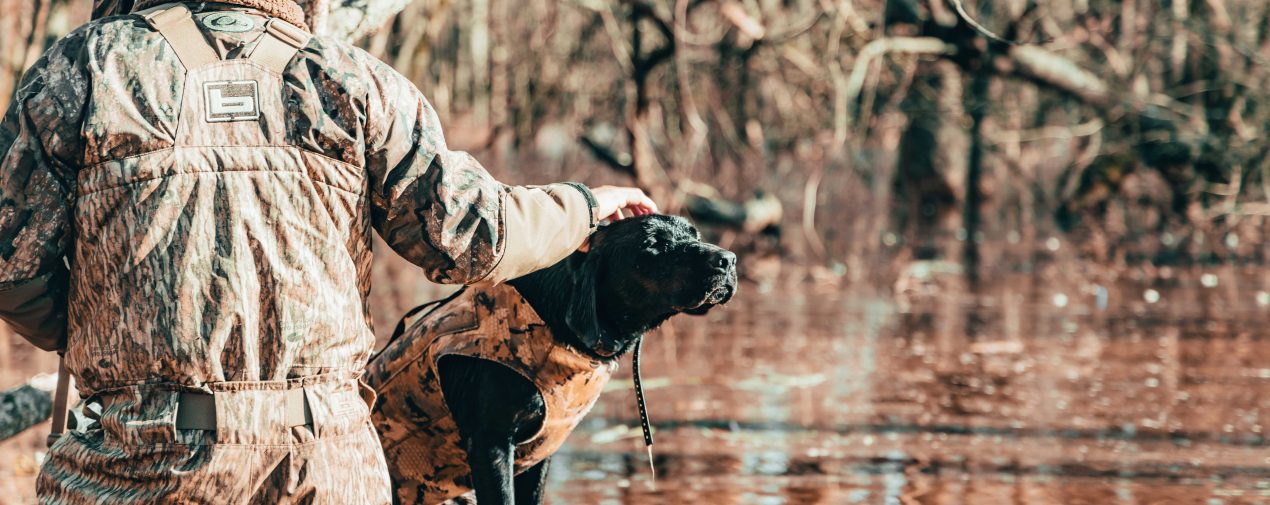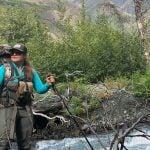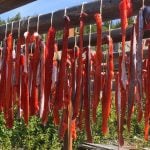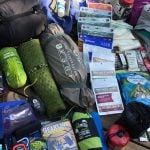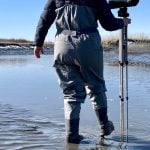Shooting for a Healthier Tomorrow
If you were to ask a group of hunters what their motivation is for harvesting their own food, you might that they want a healthy source of protein and enjoying time spending in nature. Ever since the passage of the Pittman-Robertson Act in 1937, sports men and women have prided themselves on being a large part of the conservation effort. As conservationists, it is our responsibility to continually monitor our effect on the environment and the health of both wildlife and humans. Is now the time to take a look at changing to lead free ammunition?
The toxic effects of lead have been well documented and we have seen the removal of lead from products including paint, gasoline, and water pipes. Studies found there were toxic effects from waterfowl hunting with lead shot, which led to its ban in 1991. Shooting ranges have strict waste management requirements. Why is the hunting industry not following suit closely? The answer, as with so many things, is that it’s complicated.
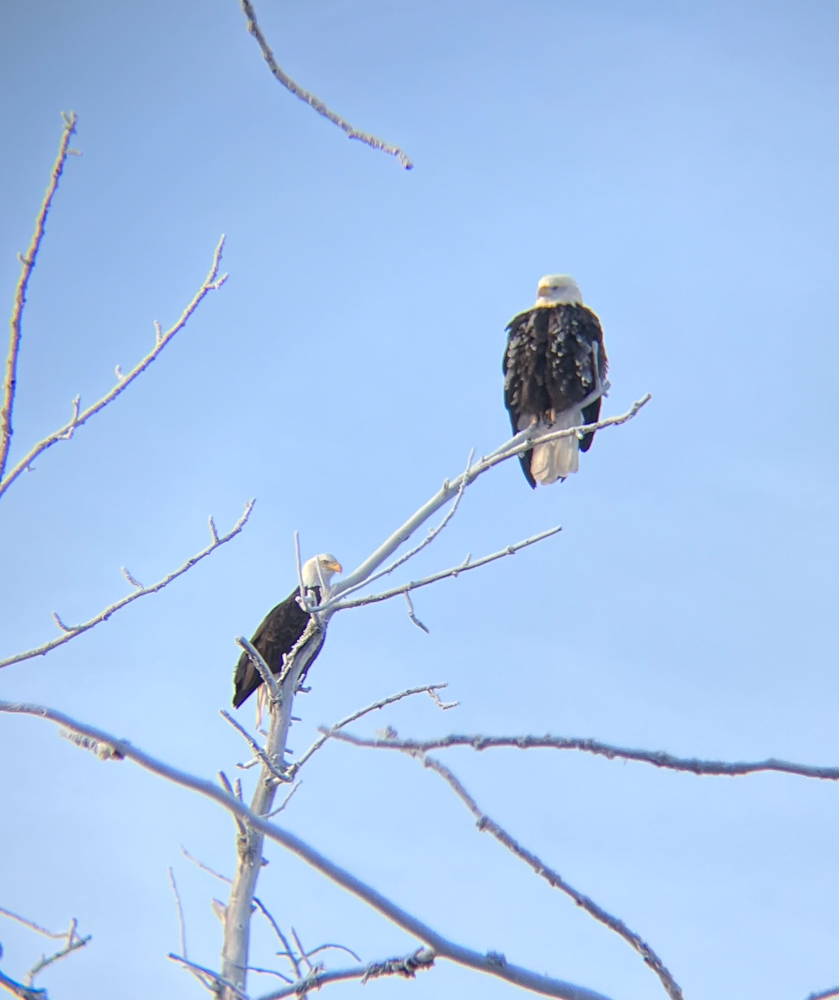
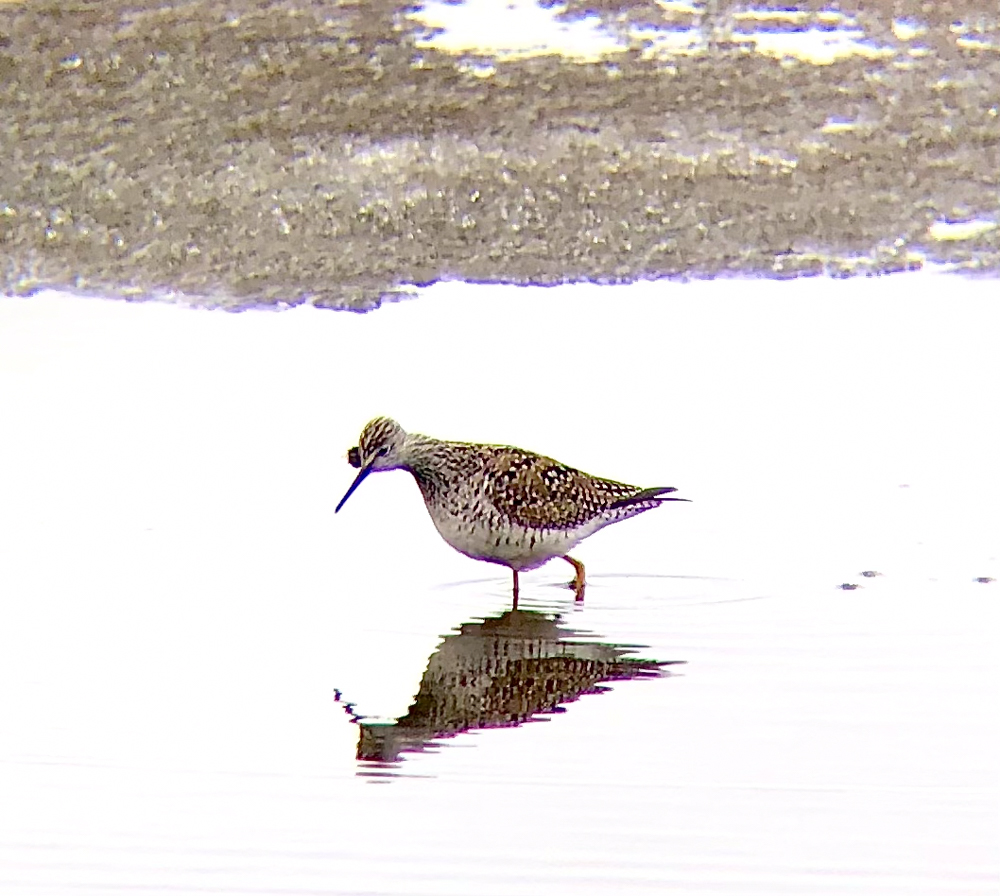
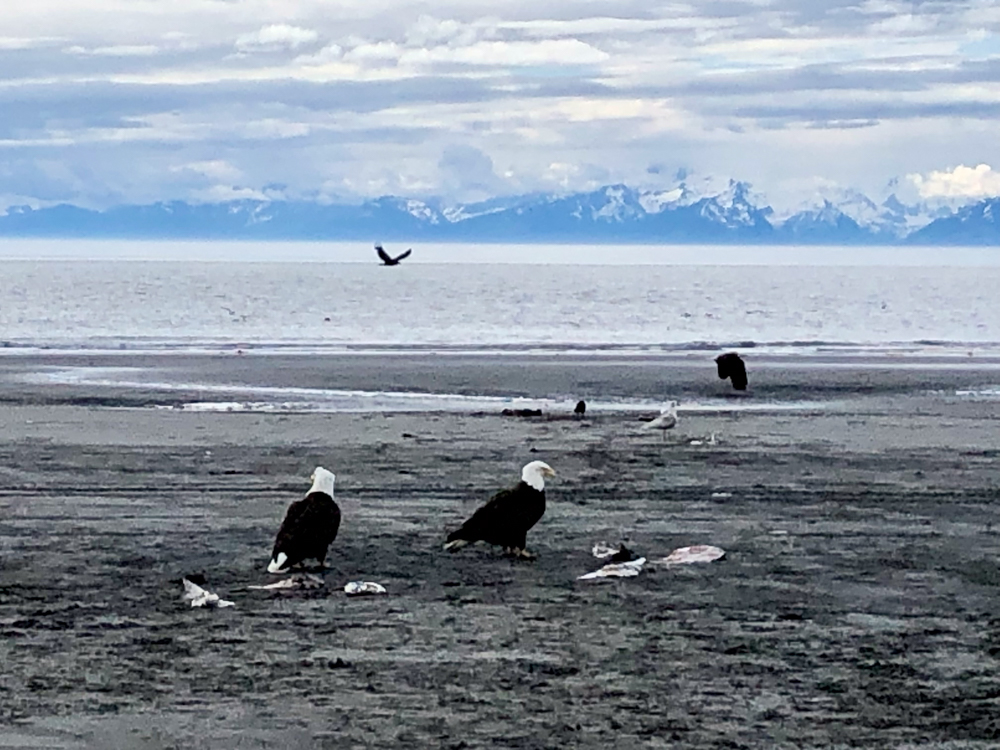
How does lead ammunition lead to potential problems?
Exposure to lead from ammunition can happen in multiple ways for both people and wildlife. While the traditional use of a bullet is (hopefully) one lethal shot, many of us enjoy target practice to keep our skills honed and increase the odds of success on the first shot when hunting. While a build up of spent bullets can lead to contamination of surrounding groundwater, the more immediate risk is the bullet fragments left behind. These fragments can be ingested by birds – they require grit to break down their food. Fragments can also be harmful to human health. Of course the bullet is removed prior to eating meat, but these small fragments can remain,. exposing those who consume the meat to small amounts of lead. Additionally, when we harvest an animal, more often than not, we remove the entrails immediately to help cool the meat. The entrails are almost always left behind in the field. Many scavengers including birds, bears, and canines take advantage of this easy meal, but are at risk of ingesting bullets or bullet fragments. Ample information is emerging showing eagle populations in particular are susceptible to lead poisoning.
What are safe levels of lead exposure?
No matter how hard we try, each and every day we are all exposed to numerous pollutants and toxins. Media surrounding exposure to toxins can be overwhelming and difficult to sift through. The CDC recommends lead levels in blood for adults be less than 10 micrograms per deciliter, but children should have no more than 3.5 micrograms per deciliter . Exposure to lead via bullet fragments from eating occasional game meat is not likely a huge risk to the average adult. The risk of problems greatly increases for children and pregnant women, however. By this same logic, birds and small game will also be susceptible to problems from very low-level exposure. Additionally, while the exposure itself might not be lethal, some of the side effects, such as neurological effects, can also contribute to the demise of an animal.
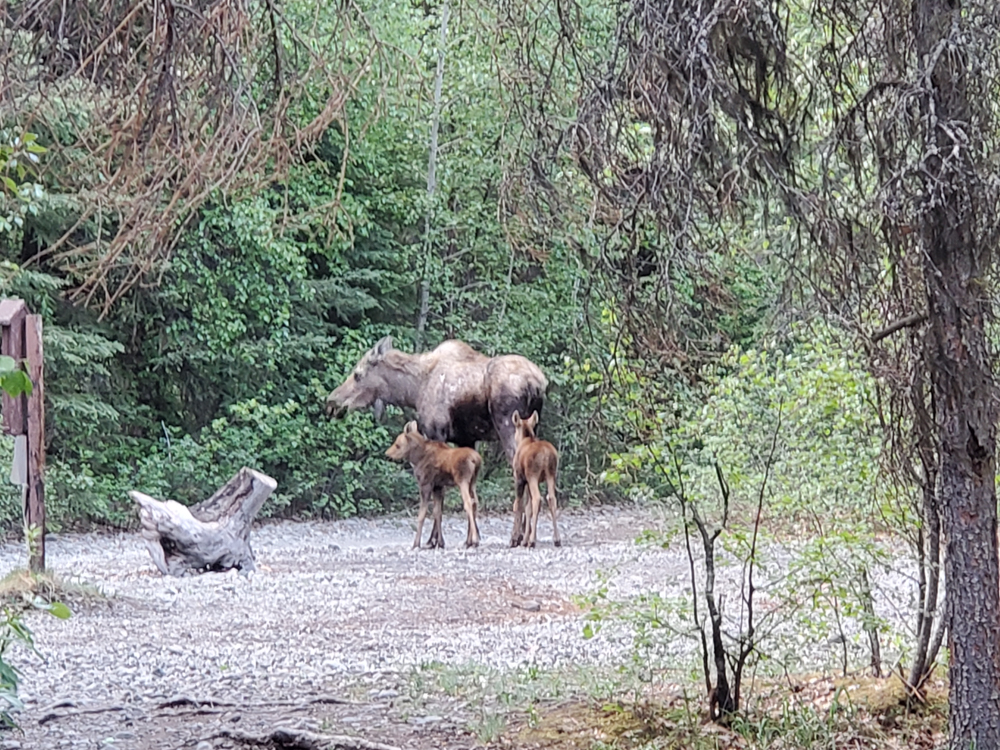
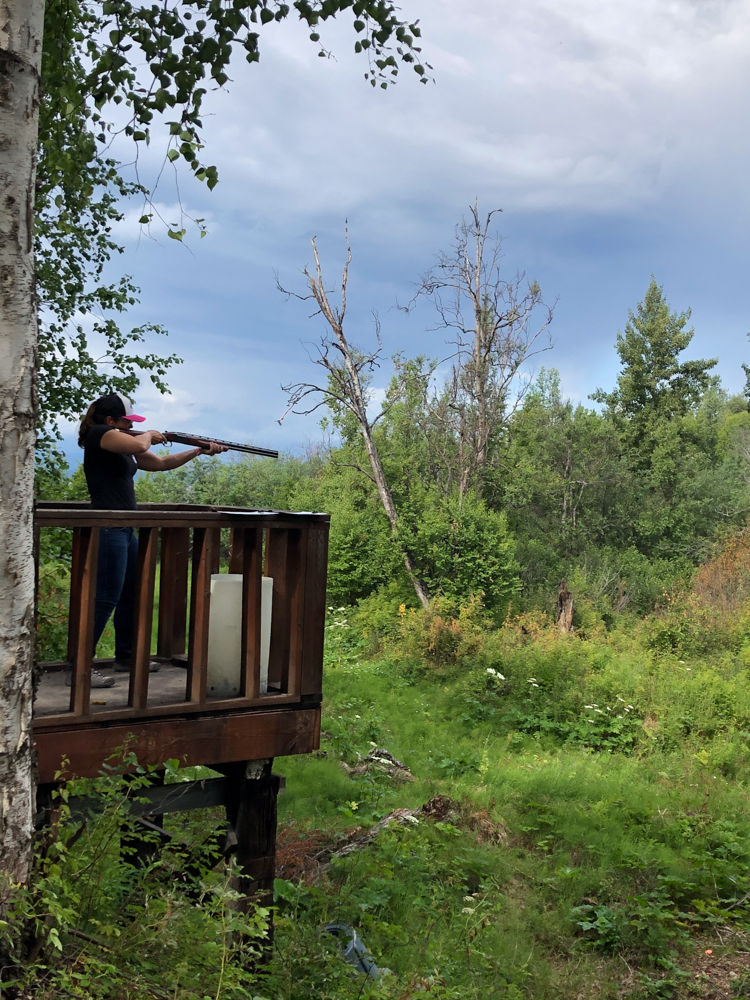
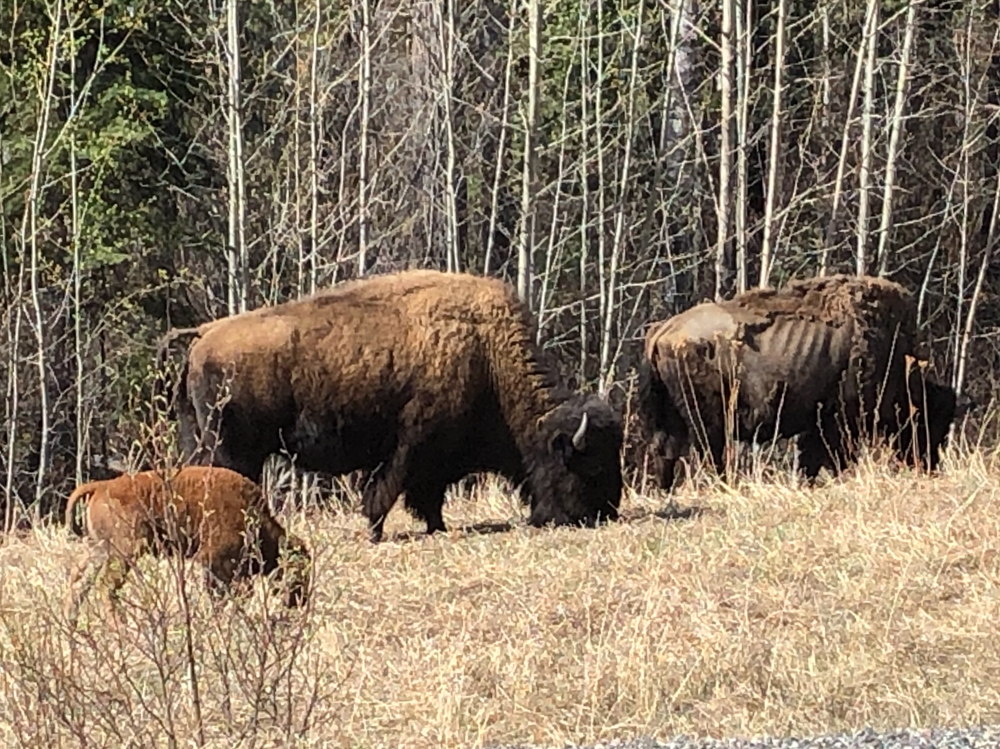
Why not switch to lead free ammunition?
A couple advantages of lead are that it is cheap and easy to mold. Most ammunition currently manufactured is a combination of lead and various other metals like copper. Cheap and easy leads to bullets being mass produced and available to consumers at a low cost. With rising inflation costs and recent interruptions in the supply chain, many worry that lead free requirements would cause ammunition to become even harder to obtain and unaffordable to low-income individuals who depend on subsistence hunting to survive. It is challenging to create a non-lead bullet that performs as well as a lead bullet. Many worry that lead-free ammunition will not have the same effect when it comes time to pull the trigger. Lead bullets are also known to maintain their velocity better over a long range, making them generally more accurate for long shots. Finding ammunition that works well for your particular gun takes time and effort, whether switching to lead-free or a new lead bullet. Slight differences in manufacturing styles and weights can have large effects on accuracy and handling. Searching for a compatible alternative can take numerous practice sessions and a lot of money. Additionally, there is the risk of wounding an animal rather than delivering a lethal shot while you are in the adjustment period.
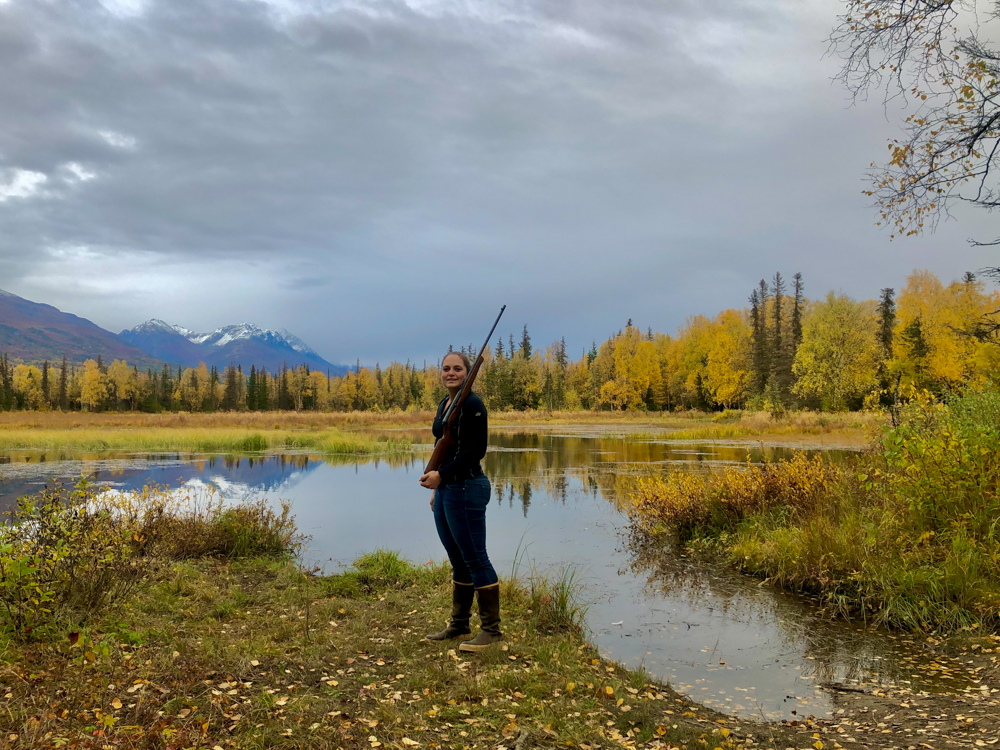
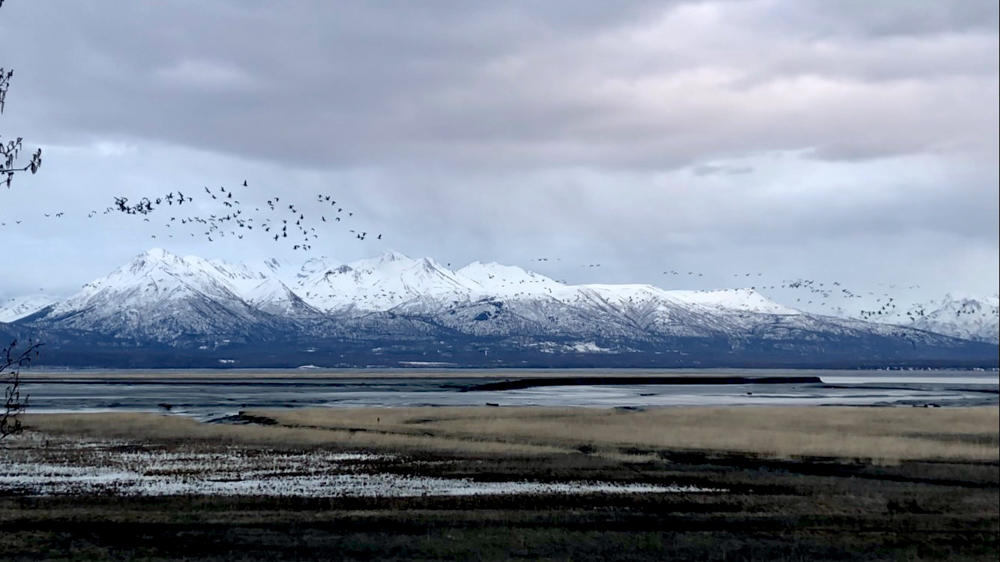
Why switch now?
As sports men and women, we currently have an opportunity to tackle this issue on our own. We are in the unique position of being able to search for a solution before change becomes mandated. There are very few areas where lead ammunition is currently banned, but we cannot count on regulations remaining the same forever. Additionally, there are numerous programs currently available to help us find an alternative. Many areas are offering exchange or rebate programs allowing hunters and shooters to explore alternatives without having to dig deeper into our wallet. To close, I will provide a list of some programs currently available. With opportunities such as these available, why not give it a shot?
- Alaska: Rebate up to $80 through the Alaska Copper Ammo Challenge program.
- California: Monterey County free non-lead ammunition program through Ventana Wildlife Society.
- Indiana: US Fish & Wildlife Service is offering incentives for going lead free for Patoka River National Wildlife Reserve deer hunting.
- Maryland: US Fish & Wildlife Service is offering incentives for going lead free for Blackwater National Wildlife Reserve deer hunting.
- Montana: Rebate up to $60 through Hunters for Eagle Conservation
- New Jersey: US Fish & Wildlife Service is offering incentives for going lead free for Wakill River National Wildlife Reserve all species hunting.
- New York: Rebate up to $60 through Hunters for Eagle Conservation.
- North Carolina: US Fish & Wildlife Service is offering incentives for going lead free for Pocosin Lakes National Wildlife Reserve deer hunting.
- Oregon: US Fish & Wildlife Service is offering incentives for going lead free for William L. Finley National Wildlife Reserve elk hunting.
- Utah: A coupon for up to $50 toward the purchase of non-lead ammunition is available to hunters in the Zion Unit through Utah’s Division of Wildlife Resources.
- Wisconsin: US Fish & Wildlife Service is offering incentives for going lead free for Trempealeau National Wildlife Reserve deer hunting.
- West Virginia: US Fish & Wildlife Service is offering incentives for going lead free for Canaan Valley National Wildlife Reserve all species hunting.
- Wyoming: Rebate up to $60 through Hunters for Eagle Conservation.
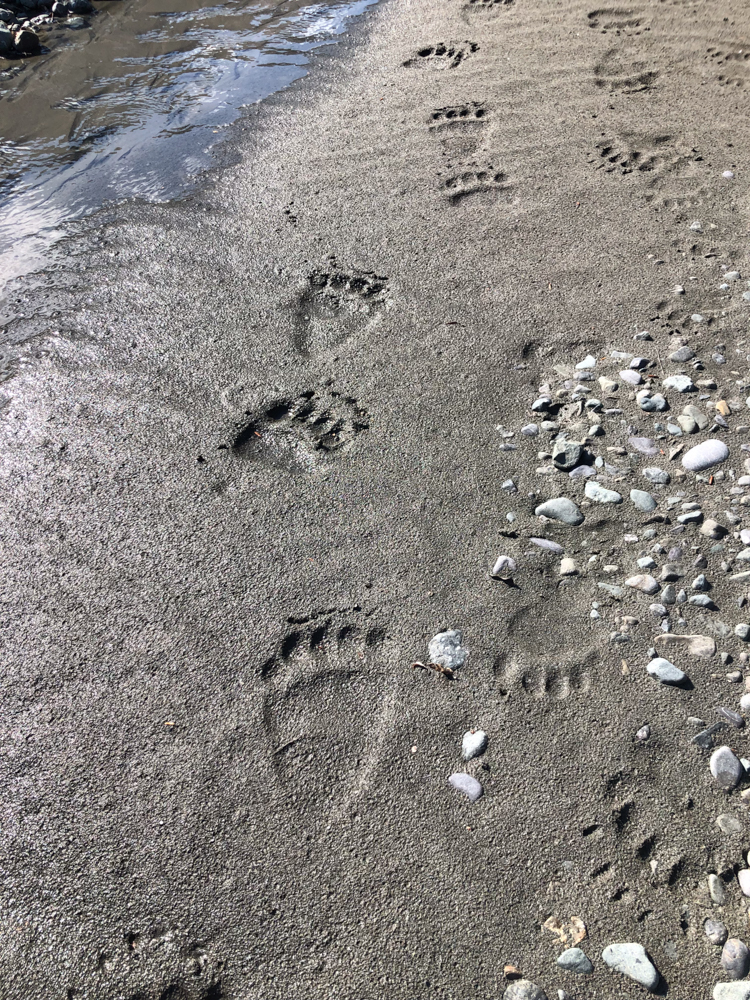
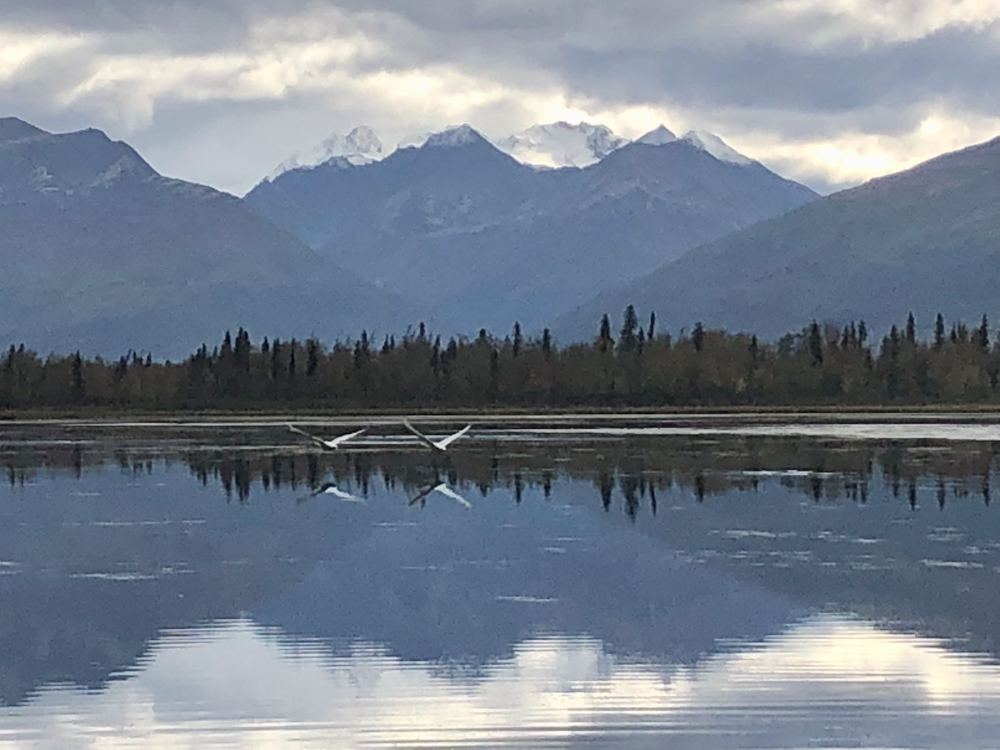
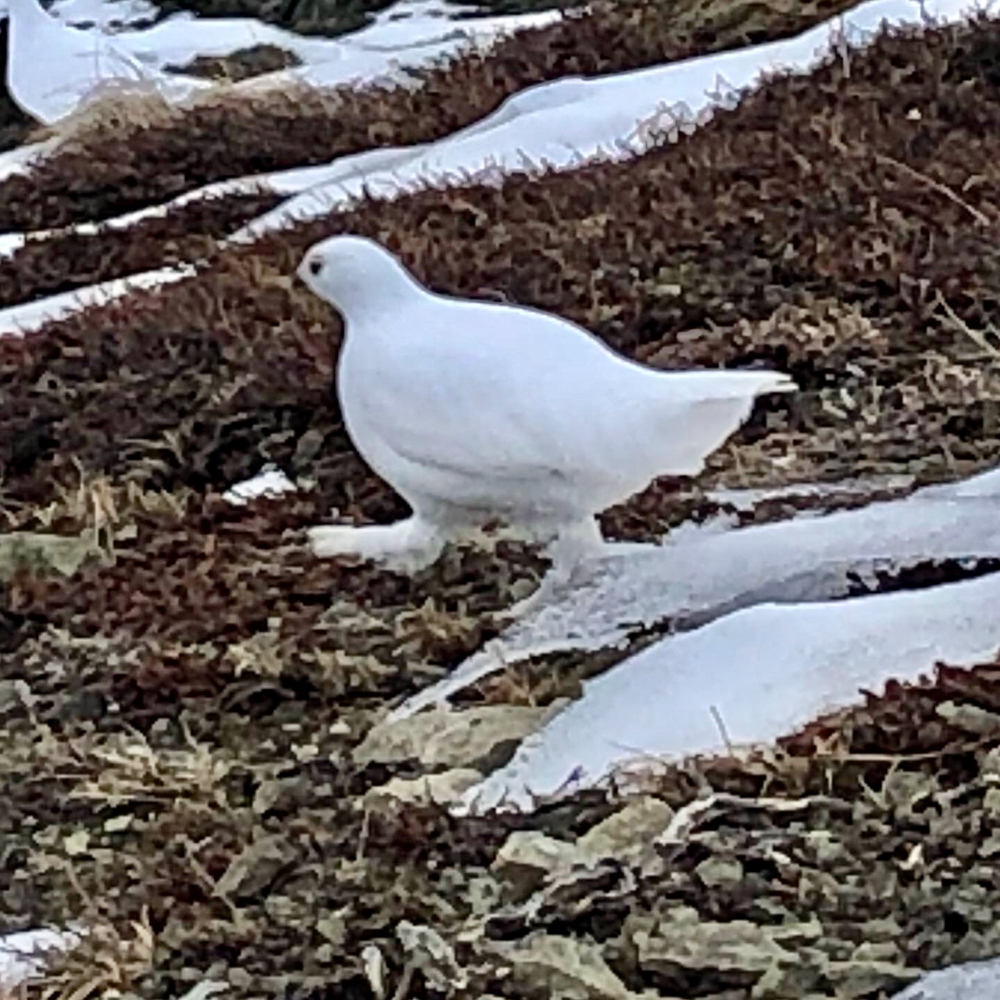
About the Gear Tester
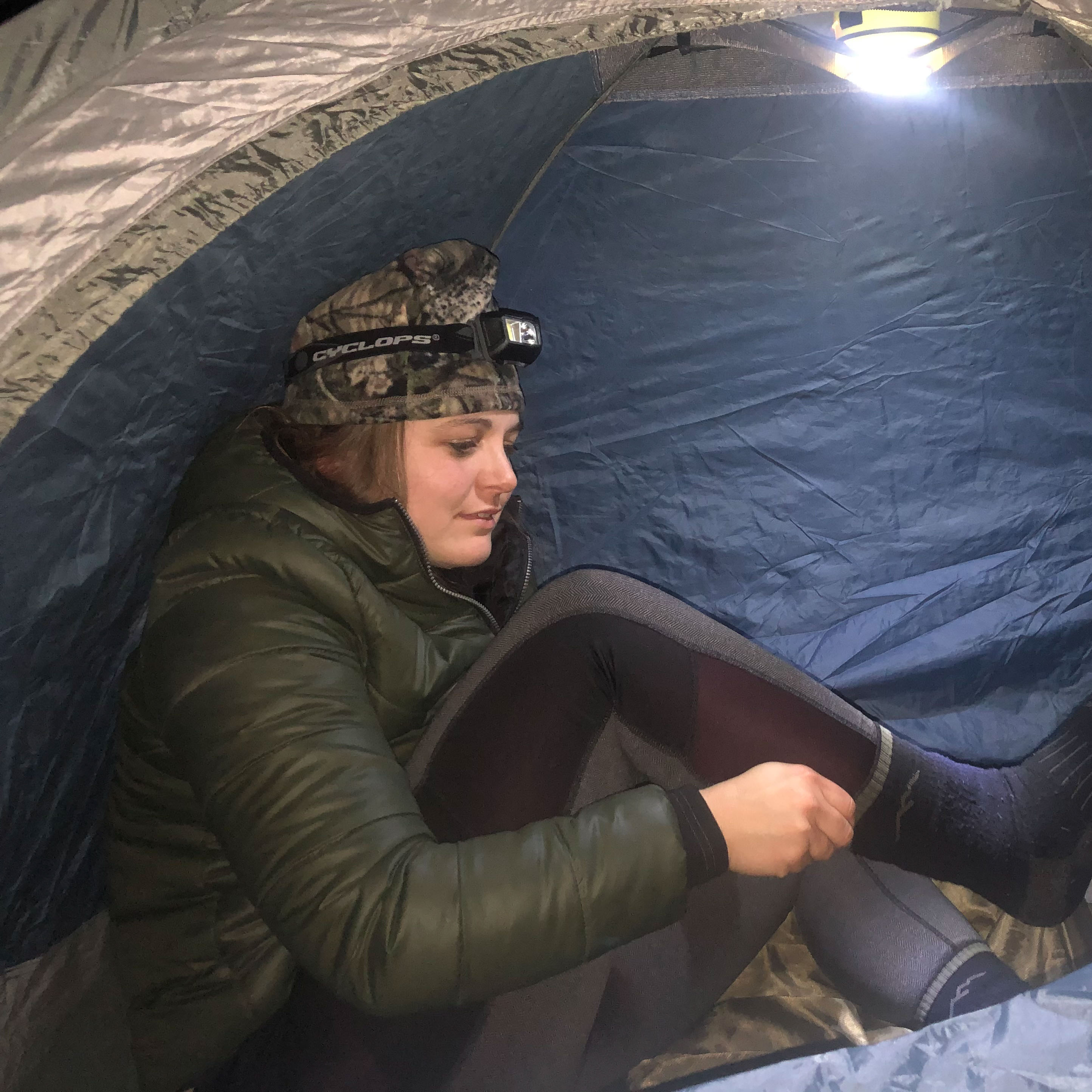
Michelle Beadle
Michelle currently resides in Alaska working and volunteering in the conservation field for various government, tribal, and non-profit entities on projects in remote areas. When not at work, you can find her hiking, skiing, climbing, horseback riding, running, biking, hunting, fishing, or trying out new ways to explore the outdoors. She can be found on Instagram under michelle_ventures.

